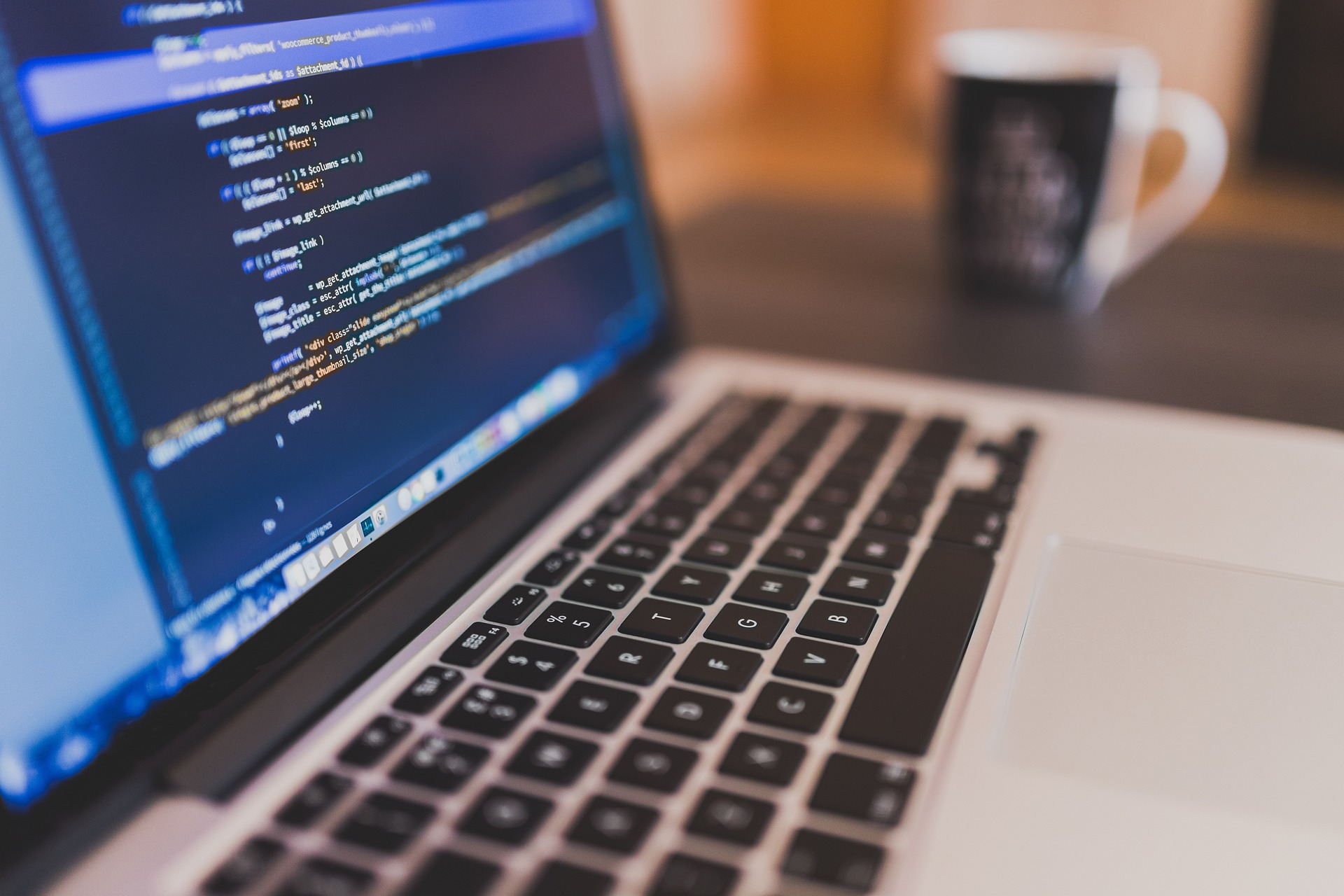If you're stepping into the world of electronics and programming, you've likely heard of Arduino. This versatile platform combines hardware and software, making it a favorite among hobbyists and professionals alike. In this blog post, we’ll explore the Arduino programming language basics, the languages it supports, and how to get started.
What is the Arduino Programming Language?
At its core, the Arduino programming language is based on C and C++. This allows users to create a wide range of applications, from simple LED blinkers to complex robotics. The simplicity of the Arduino environment makes it accessible for beginners, while its depth allows advanced users to build sophisticated projects.
Programming Language Used by Arduino
The primary programming language used by Arduino is a simplified version of C++. This is tailored to make it easier for beginners to grasp. Arduino provides a unique Integrated Development Environment (IDE) where you can write and upload code to your Arduino board.
Arduino Programming Language Basics
Before diving into code, let’s cover some Arduino programming language basics:
- Setup and Loop: Every Arduino program, or sketch, begins with two main functions:
setup()andloop(). Thesetup()function runs once at the start, while theloop()function runs continuously. - Syntax: The language is case-sensitive and uses standard C/C++ syntax. Familiarity with these languages can be beneficial but isn’t necessary for beginners.
- Libraries: Arduino has a vast collection of libraries that simplify coding for various sensors and modules, allowing you to expand your projects easily.
Arduino Programming Language: C vs. Python
While the Arduino IDE primarily uses C/C++, many programmers wonder about Arduino programming language Python. While Arduino doesn’t natively support Python, you can use libraries like MicroPython or CircuitPython to run Python code on compatible boards. This opens the door for those who prefer Python’s syntax and flexibility.
Resources for Learning Arduino Programming
For those looking to dive deeper into the Arduino programming language, numerous resources are available, including:
- Arduino Programming Language PDF: Many guides and eBooks are available for free online. These PDFs cover everything from basics to advanced projects.
- Online Tutorials: Websites like Arduino’s official site, Instructables, and YouTube offer countless tutorials that cater to various skill levels.
Top Programming Languages for Artificial Intelligence
While not directly related to Arduino, it’s interesting to note that languages like Python and R are leading the field of artificial intelligence. Understanding these languages can be beneficial if you're looking to integrate AI with your Arduino projects, especially in applications like robotics.
Conclusion
In conclusion, the Arduino programming language is an excellent entry point for those interested in electronics and coding. Whether you’re using C/C++ or exploring Arduino programming language Python, the possibilities are vast. With the right resources and a bit of creativity, you can bring your ideas to life. Start experimenting today, and you'll soon find yourself immersed in the exciting world of Arduino!
